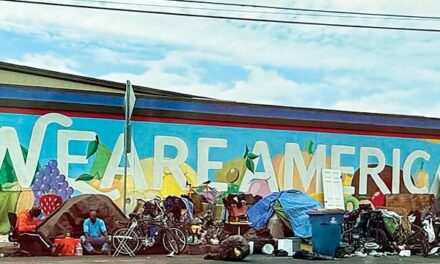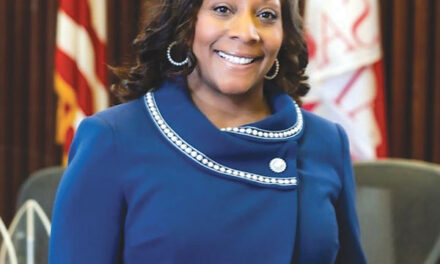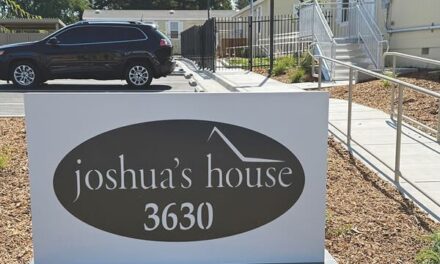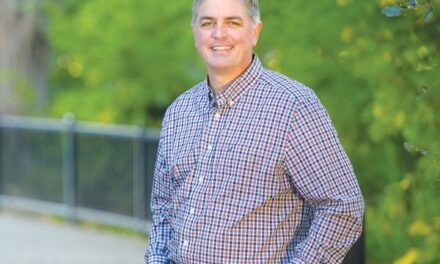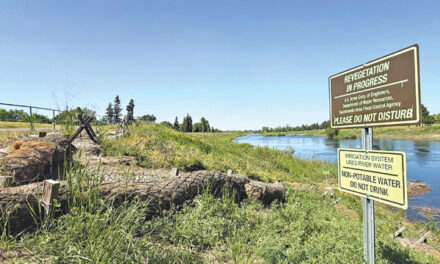Park Decay
Once proud system collapses thanks to underfunding
By Jeff Harris
September 2024
Sacramento has abundant park acreage with great amenities. But our parks are falling apart. Why? Because the City Council underfunds the park system.
In June, the city boasted in its City Minute newsletter, “Sacramento Parks Earn Spot Among Best Cities in National Ranking.” The accolade came from Trust for Public Land, a San Francisco nonprofit dedicated to park expansion. Rankings are based on access, investment, amenities, acreage, equity and maintenance.
I had to laugh. A decade ago, the city’s ranking was much higher. It dropped like a rock. At first, the Great Recession caught the blame. Now the problem is misplaced priorities by the mayor and City Council.

In 2012, the city’s park system was ranked second out of 40 cities. By 2016, Sacramento slipped to No. 17 out of 100. As Mayor Darrell Steinberg prepares to leave, the ranking fell to 30th place. Nothing to brag about.
How did this happen? Steinberg convinced the City Council to sink $20 million into youth “work force development,” which turned out to be a terrible investment.
He pushed Measure L, which siphons $9 million annually for “youth advancement” away from the general fund. That money could have gone to basics—park maintenance and city-run youth programs.
Steinberg ignored the fact that parks and recreation are the best investments cities can make for young people. Parks are sustainable and yield positive outcomes for kids.
Every councilmember wants to build new parks. It makes them look effective. Maintaining parks is another matter.
The money to build new parks comes from park impact fees and leveraging city dollars through state grants. Maintenance funds come from the general fund. The council has repeatedly fallen into the trap of building new facilities while neglecting to pay for maintenance.
Now city parks are in bad shape. Volunteer labor keeps many sites in useable condition.
Despite a City Council that won’t maintain parks, city staff does a remarkable job keeping parks functional with scant resources. But ballfields have squirrel holes and lousy turf. Sprinkler systems are antiquated and broken. Bushes go unpruned. Bathrooms are a mess. The cost of recreational programs rises quickly.
The blame falls on Steinberg and the City Council.
In 2010, each park maintenance worker was responsible for 6 acres of land. Now the number is one worker for 34 acres, an absurd expectation. The city has more than $150 million in unfunded maintenance projects.
This is why Measure L is so destructive. It locks up general fund dollars and tragically forces parks staff to compete against youth-service nonprofits for funds. Steinberg leaves a legacy of decaying parks.
I recently received an email asking me to join a committee proposed by Councilmember Mai Vang and Jim Keddy, key proponents of Measure L. Their goal is a proposal to issue bonds or levy a parcel tax for park maintenance.
Had Vang done some homework, she would know the budget deficit leaves zero possibility for bonds. Just ask the city treasurer. And a parcel tax? It’s highly unlikely voters would approve one.
This is typical for Steinberg and the City Council. They squander money on pet projects, ignore advice from their finance team, and propose a new tax to put the burden of their folly on taxpayers.
Jeff Harris represented District 3 on City Council from 2014 to 2022. He can be reached at cadence@mycci.net. Follow us on Facebook and Instagram: @insidesacramento.



